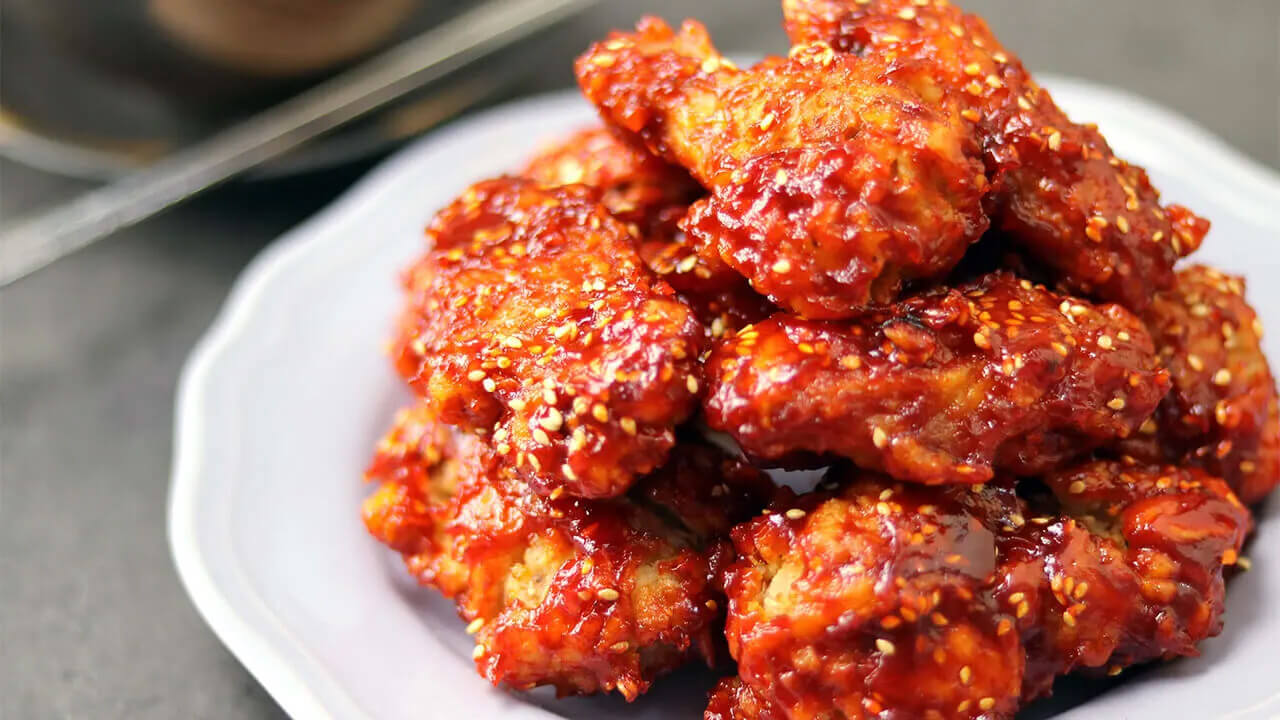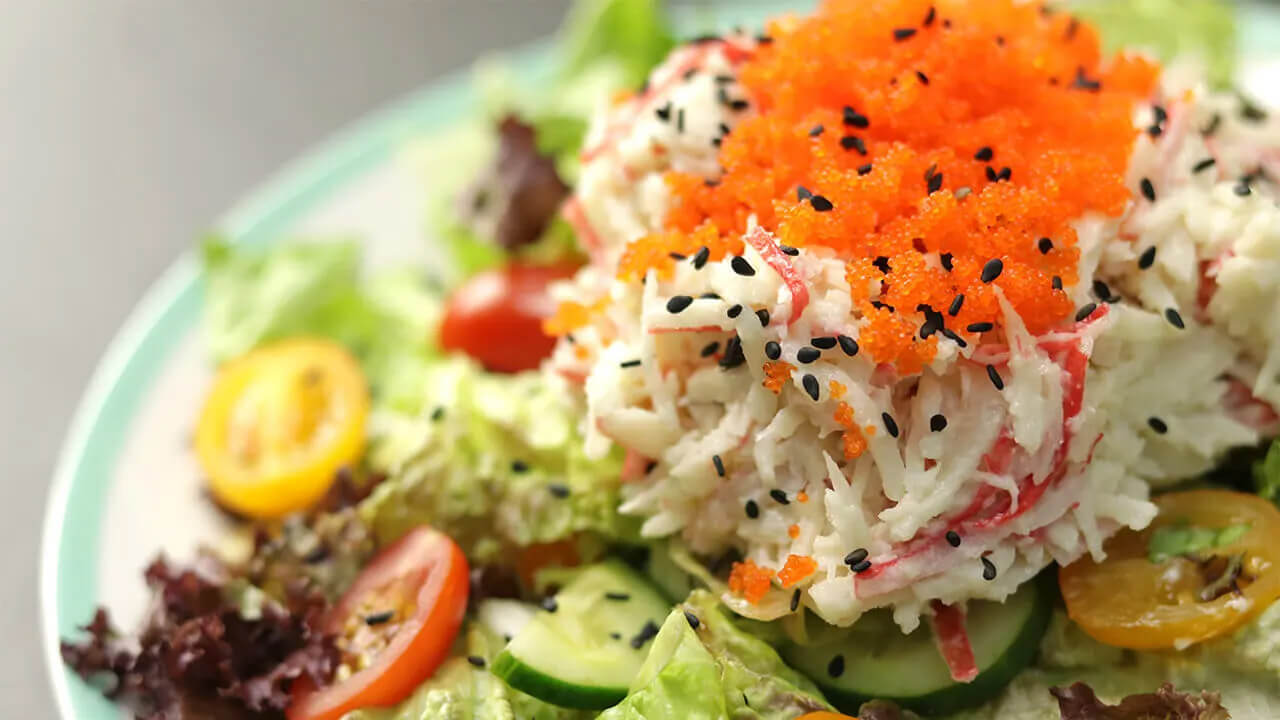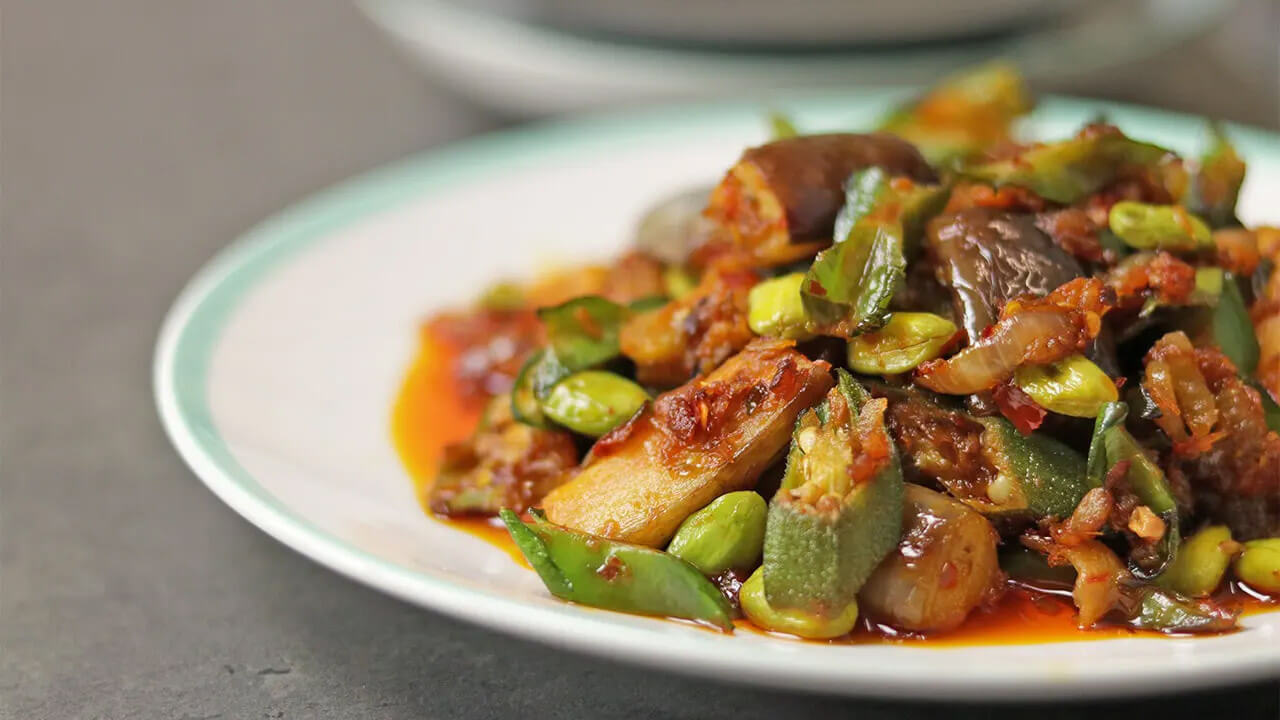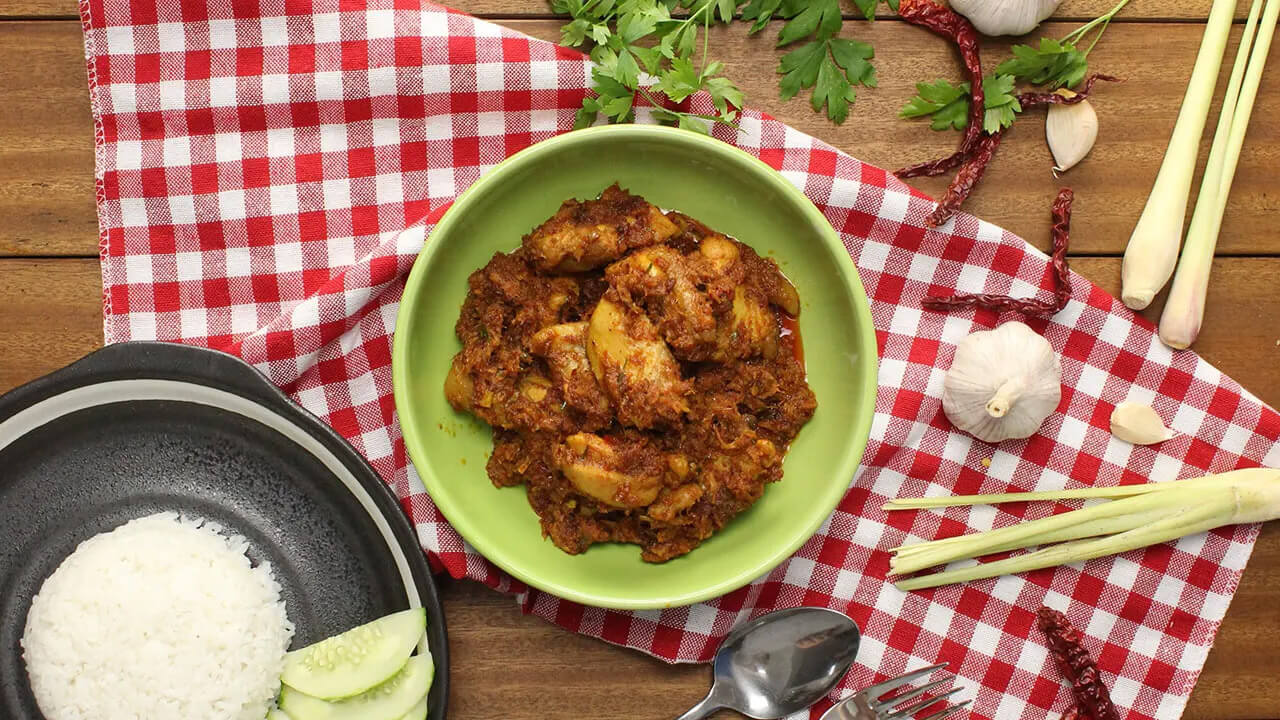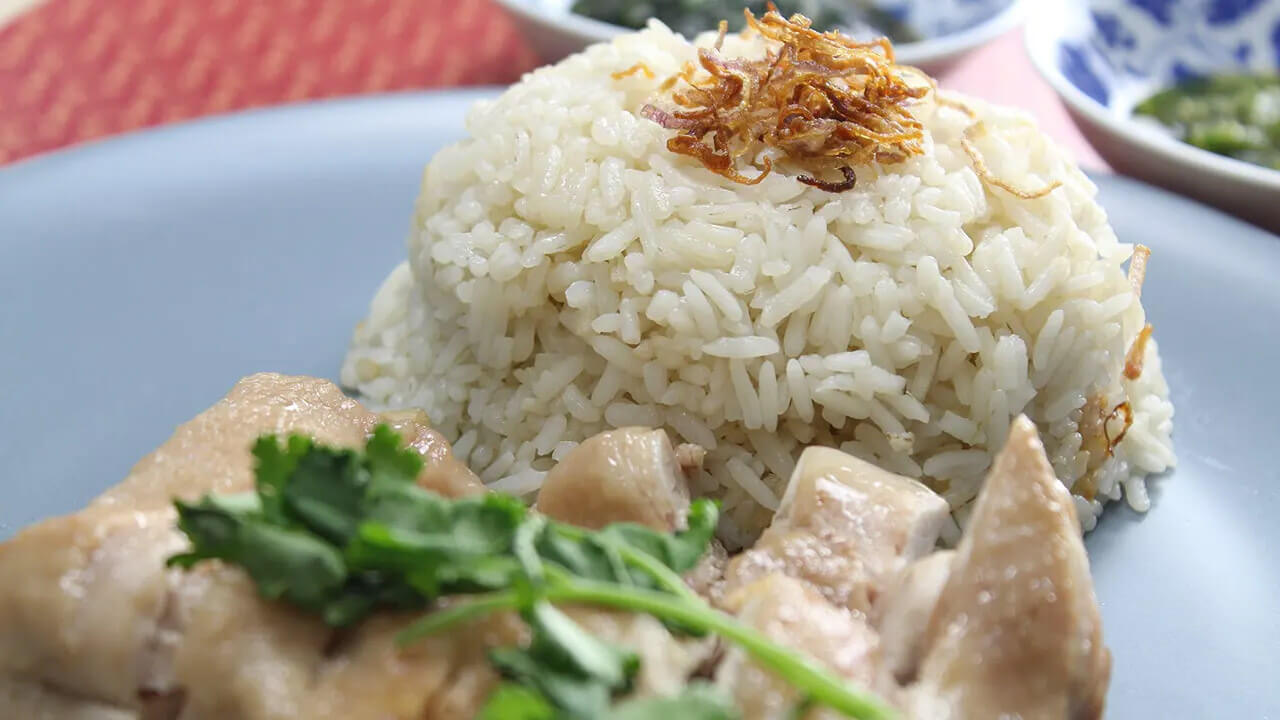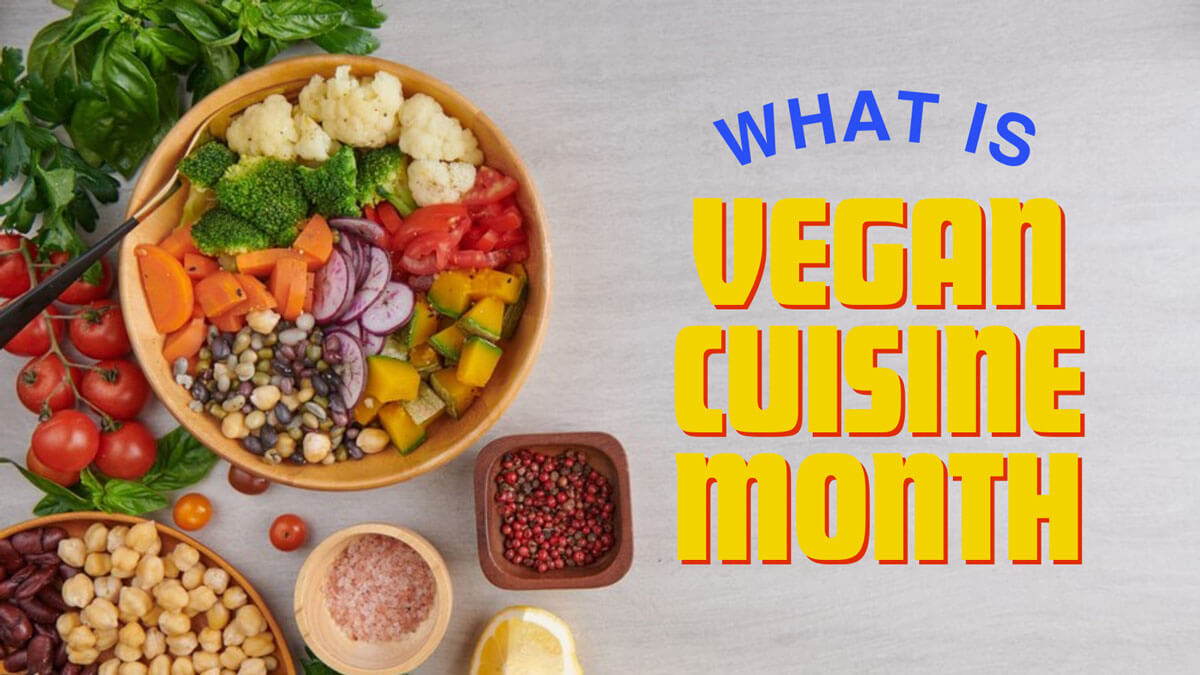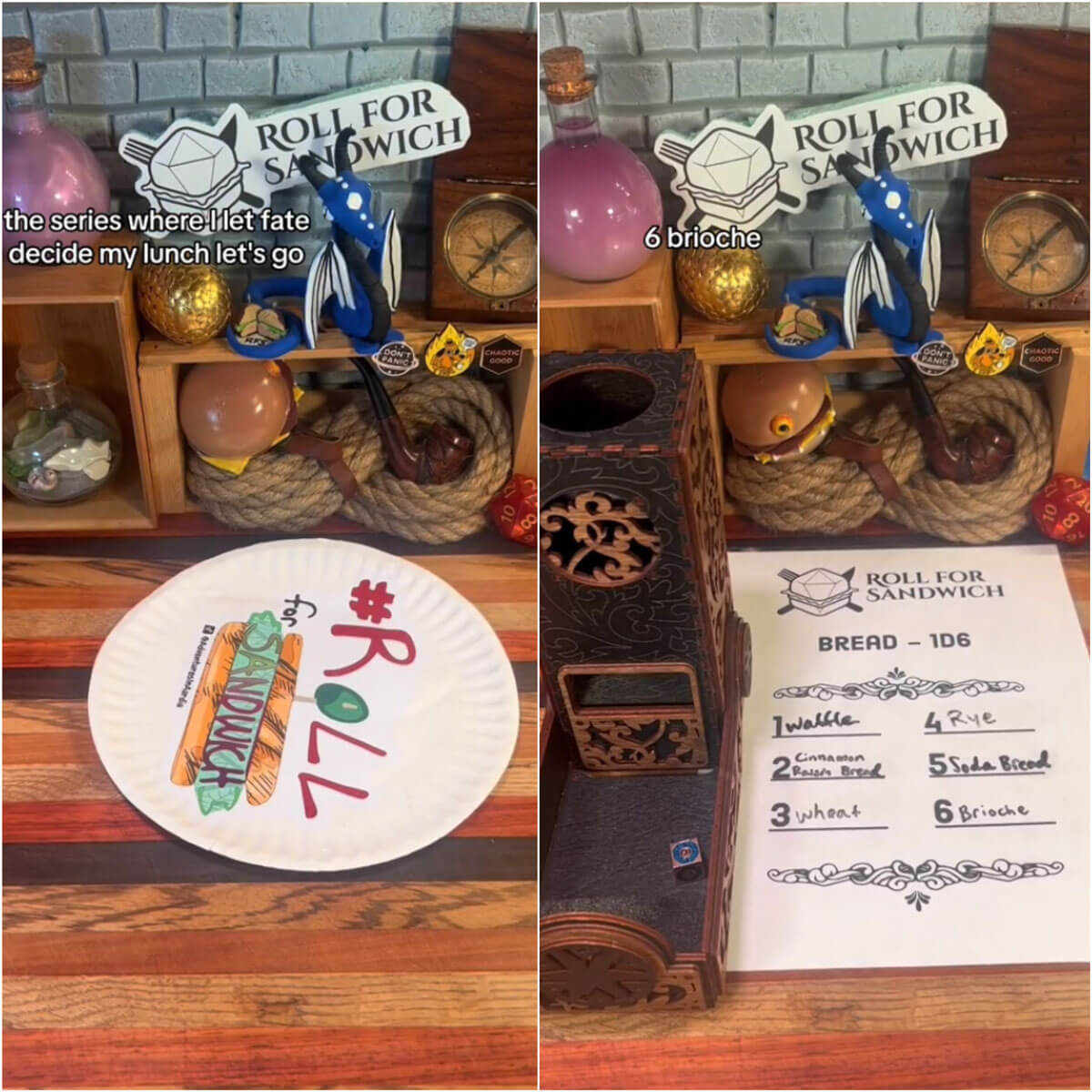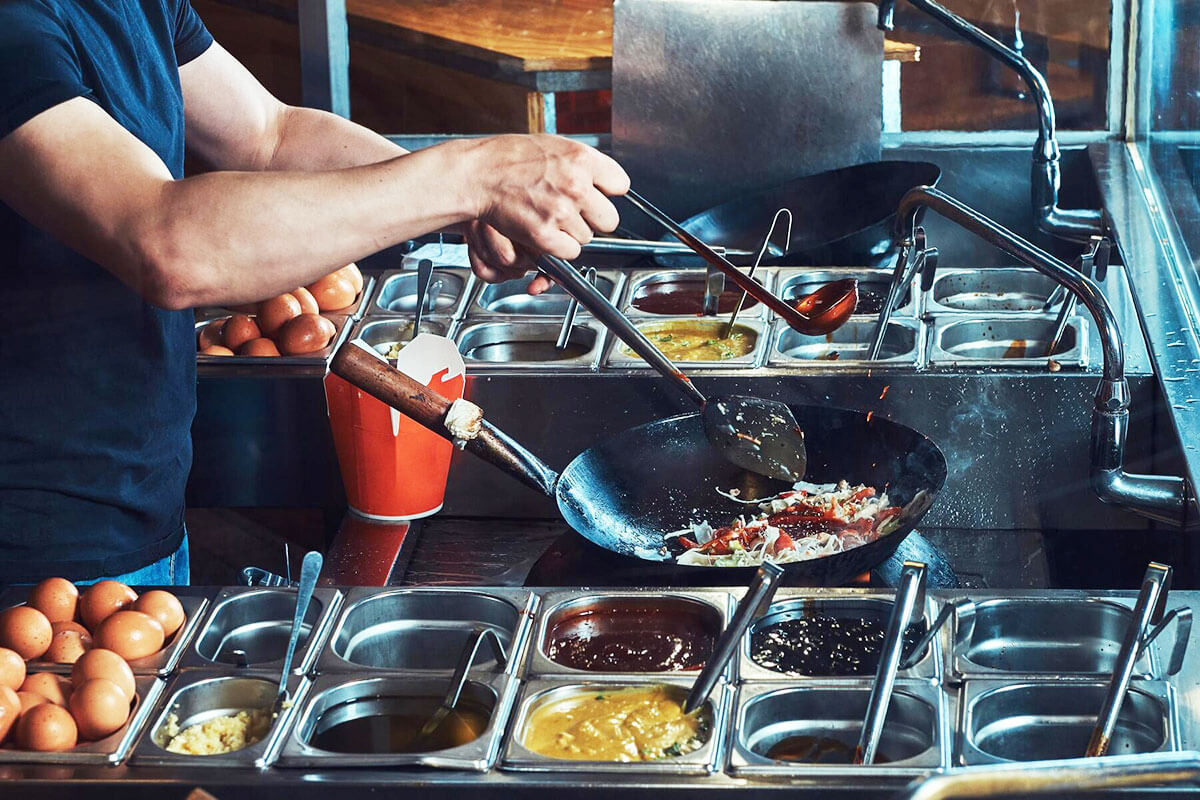
Walking along bustling streets lined with unassuming eateries in an Asian suburb is where you’ll likely hear sounds of steel ladles clanging against iron woks – chaotic, but a comforting serenade to those who frequent these neighbourhood joints.
Comforting because that’s the sound of a great stir fry in the making; and like any great stir fry, the hearty fried rice is all about wok hei (a Cantonese phrase to describe a distinct smoky aroma) that you get from a fiery wok typically found atop commercial grade stoves.
However, that doesn’t mean you can only conjure wok hei using jet engines for stoves – you’d be surprised how easy it is to make restaurant-quality fried rice using the tools you have at home.
Getting the Right Wok
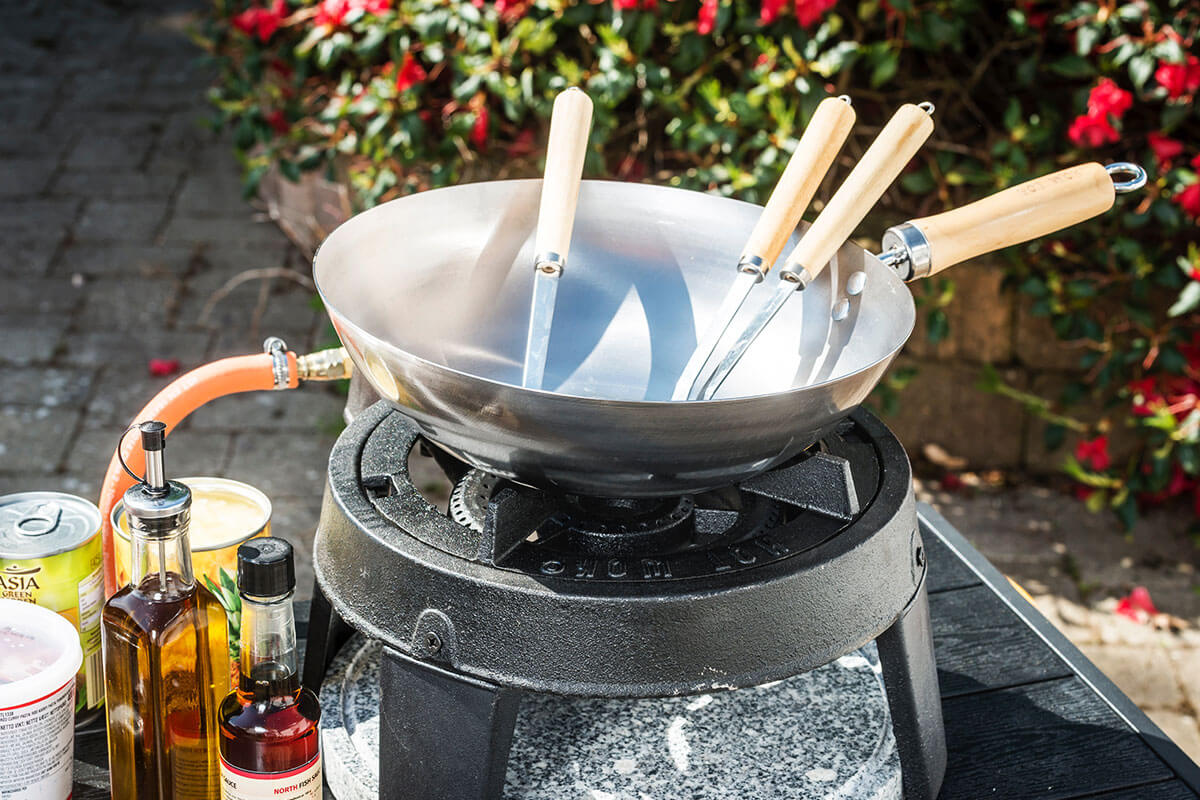
It’s important to know the type of material your wok is made of; you’ll typically find these options in the market:
- Stainless steel
- Cast iron
- Teflon-coated woks
- Carbon steel
In many professional kitchens, the go-to variant is the carbon steel wok – relatively inexpensive, heats up quickly and evenly, and is durable.
It’s also lighter than a more traditional cast iron wok\ and even works on an induction stove (Tip: You’ll need a flat-bottom wok for induction cooking).
They also come in several sizes that range from 9 inches that can whip up single-serve dishes, all the way up to 24-inch woks that are used in commercial settings.
The perfect size essentially comes down to what your needs are, but a 14-inch wok is just right for home cooks – it’s large enough to make family-sized meals, but small enough that you can handle it in one arm.
It’s All in the Seasoning
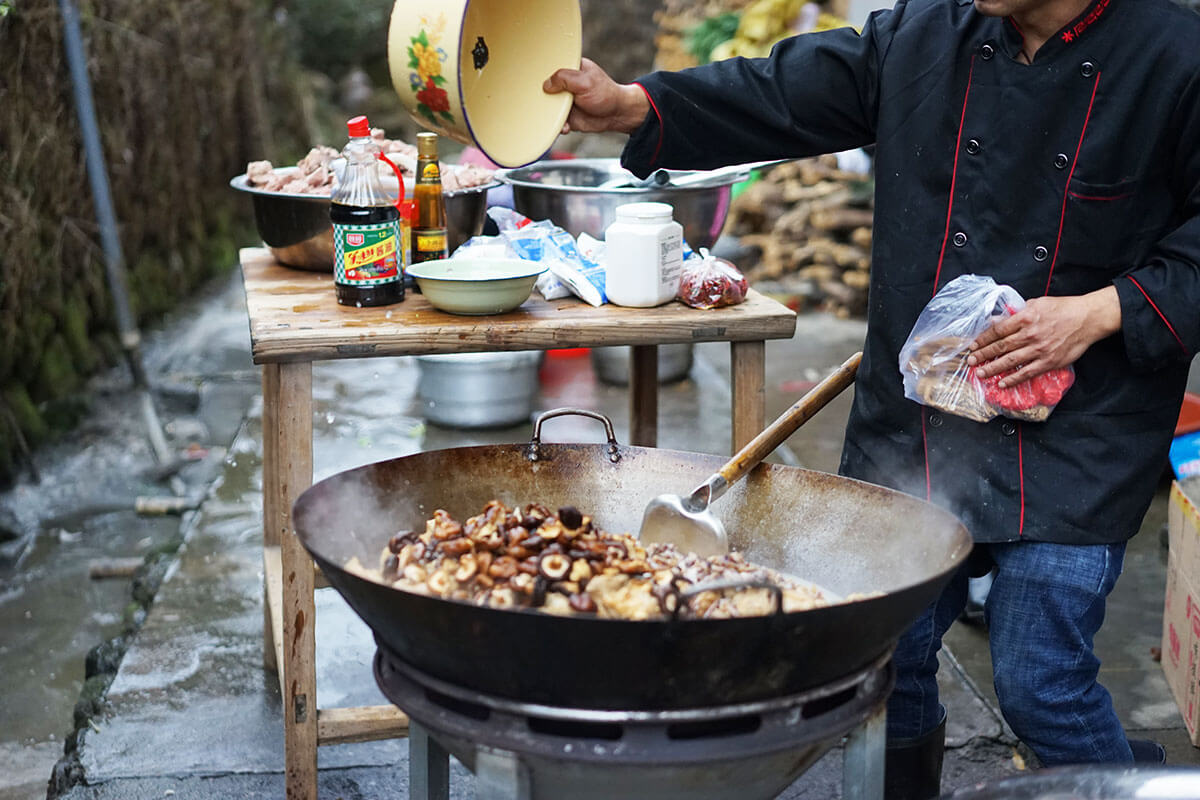
We don’t mean seasoning your food (yet), but rather tempering your wok to develop a non-stick and rust-resistant patina.
To season a new wok, scrub away any industrial oils and dust using the scouring pad on a sponge dipped in soapy water.
After rinsing your wok and drying it with a towel, set your wok on the stove over high heat. Tilt your wok in every direction and watch the surface turn from its original silver hue to a bluish-blackish tint..
Note: Grip the handle with aluminium foil or a damp cloth to avoid burning yourself.
Next, turn off your stove and gently pour one cup of hot water into your wok to cool it off. Once it’s cool enough, give it another rinse in a sink with some detergent. Wipe it down with a kitchen towel then dry it completely over a flame.
Lastly, drizzle one tablespoon of vegetable oil and swirl it around until the entire inner surface is coated. Add more oil if necessary.
Then heat the wok for one minute, frequently tilting it on all sides. Then, turn off the heat and wipe any excess oil using a folded kitchen towel.
Tip: The wok may still be too hot, so use a spatula to move the towel around the wok as you wipe.
Big Flames, Big Flavour
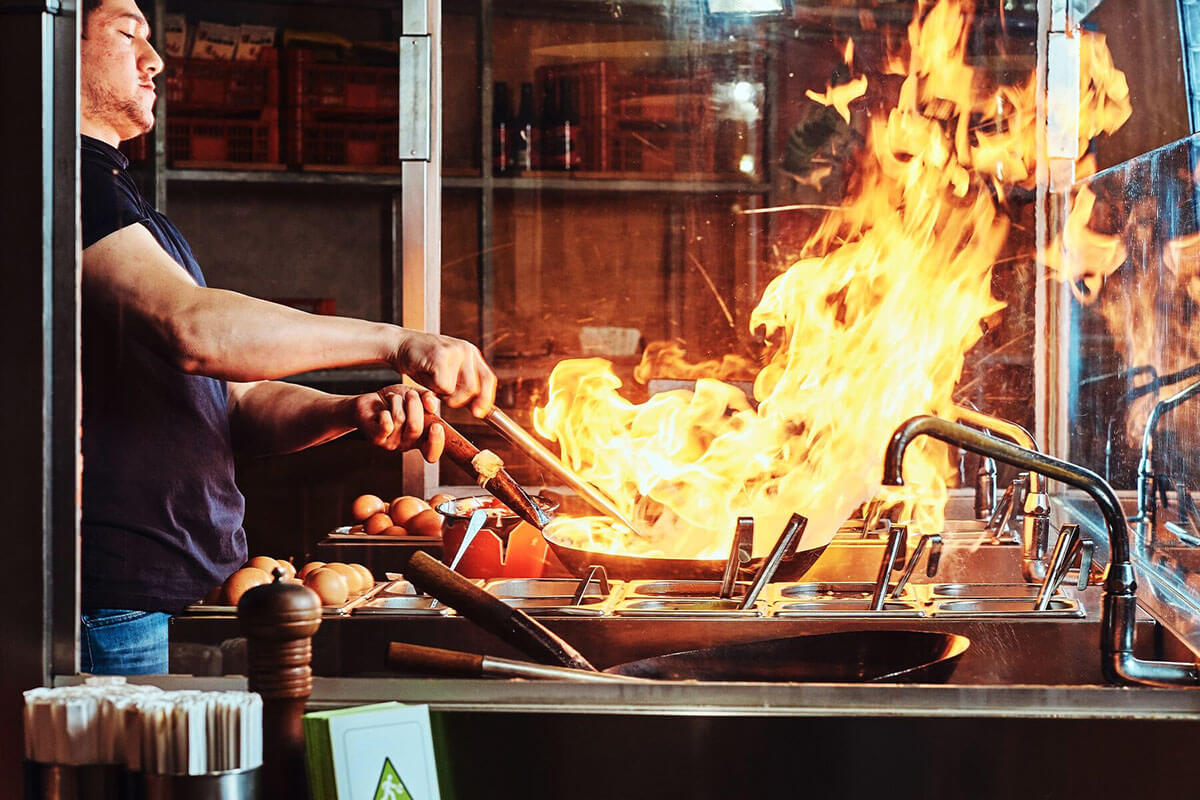
Now that your wok is properly seasoned, it’s time to make great fried rice.
Heat the wok on high heat until it starts to smoke, then drizzle some oil and add leftover rice (preferably kept in a fridge overnight). In the words of Uncle Roger, “If your rice is too wet, you messed up”.
Make sure to let your rice come down to room temperature before adding to the wok. This way, you retain as much heat as possible while cooking.
At the same time, remember to only cook portions for one or two at a time. Overcrowding the wok will cool it down too quickly, meaning your fried rice won’t get that elusive wok hei aroma.
If you can, toss the rice in your wok like how the pros do because it’s the air time that the rice gets when being flung around that helps keep it from burning. But if you haven’t quite mastered the art of wok tossing, stirring the rice with a spatula works too.
Add some soy sauce and cook until it starts to turn golden – remember, no colour means no flavour! Add the ingredients of your choosing and season to taste; you get extra points too if add a dash of MSG.
Note: Cooking with MSG at home is fine if used sensibly; read our article on debunking MSG myths to learn more about the very misunderstood seasoning.
If you plan on adding meats or eggs, cook them separately beforehand before starting on your rice; then add them back in for a few more tosses in the wok.
Finally, serve and enjoy!
